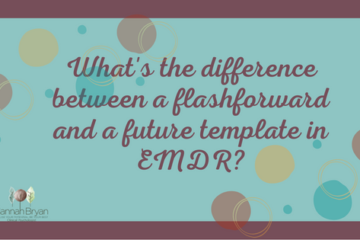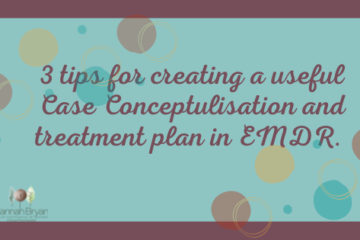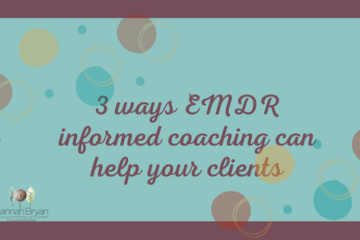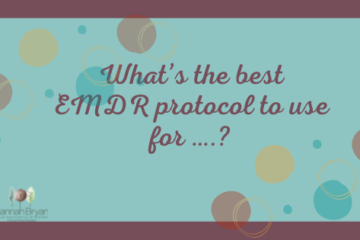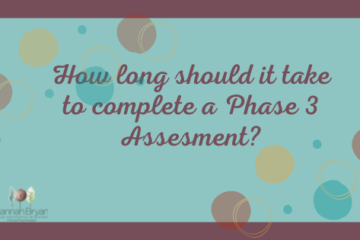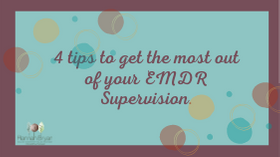What’s the difference between a flashforward and a future template in EMDR?
In my supervision groups we talk a lot about our clients fears and their hopes for the future. In doing this future focused work we often need to clarify the difference between a flashforward and a future template. Read on if you too would like more clarification on this. What is a flashforward? The flashforward protocol was developed by Robin Logie and Ad de Jongh Click here to read their paper. It was originally developed Read more…
